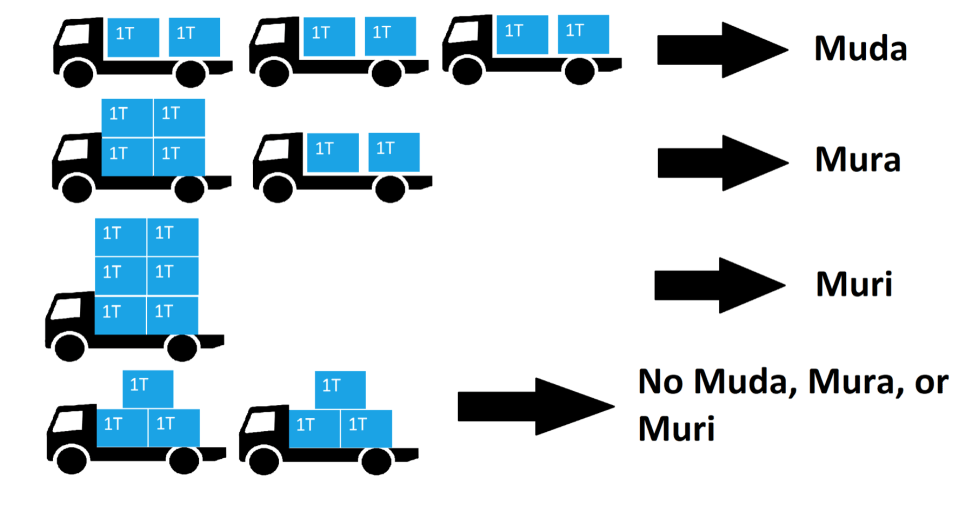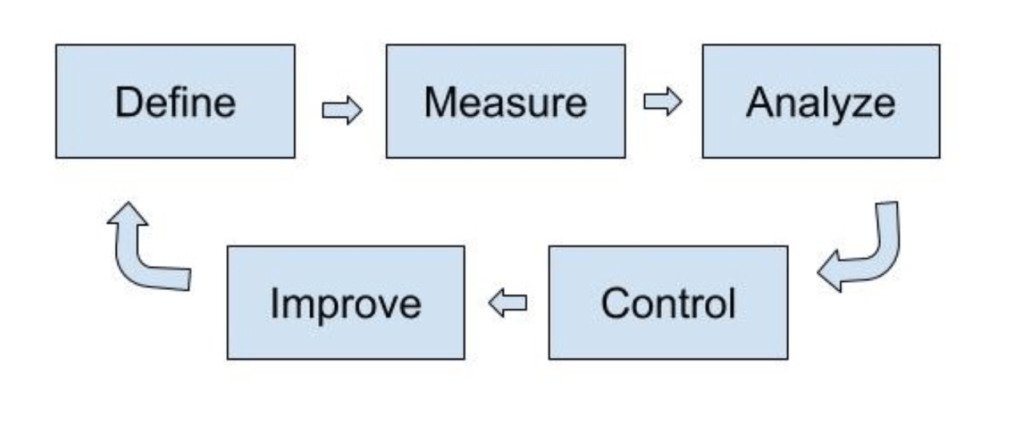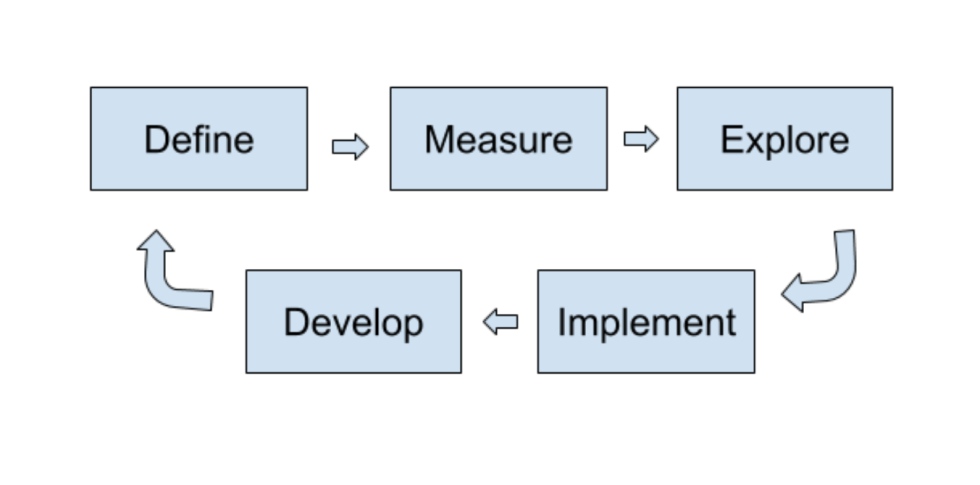Project Management Guide
Project Management Guide
What Is Project Management?
What Is a Project?
Why Is Project Management Important?
Project Life Cycle Phases
- Project Initiation
- Project Planning
- Project Execution
- Project Monitoring
- Project Closure
Project Management Methodologies
- Waterfall Project Management
- Critical Path Method
- Critical Chain Project Management
- Agile Project Management
- Scrum Project Management
- Kanban Project Management
- Lean Project Management
- Six Sigma Project Management
- PRINCE2
- PRiSM
- PMBOK Method
Project Management FAQ
A Comprehensive Guide to Lean Project Management
Born out of the devastation and scarcity that the second World War brought with it, the Lean methodology aimed to maximize value and minimize waste in Toyota, an automobile giant from Japan. A revolutionary method at the time, Toyota rewrote the rules of manufacturing by developing Lean in the 1950s and successfully applying it in the 1970s.
Today, Lean is not restricted to Japan or the manufacturing sphere solely. Its applications are vast and have helped it venture into the field of software development, construction, and project management, among other industries that follow a systematic production cycle.
In this guide, we are going to take a closer look at Lean’s relationship with project management and how it can benefit you.
What Exactly Is the Lean Approach?
According to the Project Management Institute, “To be Lean is to provide what is needed, when it is needed, with the minimum amount of materials, equipment, labor, and space.”
This can be done by eliminating the following three types of waste from the project management process.
- Muda: Activities that consume resources but do not provide any additional value to the customer.
- Mura: Actions that cause unevenness in the operations.
- Muri: Practices that overburden the equipment or the employees.
Here is a pictorial demonstration of the concepts. Let us assume that the organizational process in question is transporting six boxes of equipment.

Collectively, these three concepts are known as the ‘3M,’ and they are central to ‘Lean Project Management’s’ primary objective of reducing waste.
How Can Lean Project Management Benefit You?
A philosophy for continuous improvement, ‘Lean Project Management,’ allows businesses to seamlessly adapt to their customers’ demands by making internal changes. Some of the most significant advantages this approach offers are:
- Decreased costs
- Improved final product
- Reduced waste
- Increased productivity
- Smoother operations
- Higher customer satisfaction
But, merely recognizing how this philosophy can help you is not enough. To apply it to your work processes successfully, you need to understand the essence of ‘Lean’ and what it stands on.
Core Principles of Lean Projects
The adoption of ‘Lean’ is not possible without fully comprehending the five pillars or principles that support it. Here is a brief on each of them to give you an idea of what ‘Lean-thinking’ is all about.
1. Value
Before starting work on a project, define that which will bring value to your customer. What will your customers pay for?
2. Value Stream
Map the entire project life cycle — from the raw materials needed to the final delivery. With the process mapped out, you can easily identify the activities that do not add value to the product.
3. Flow
Optimize the value stream by eliminating the previously identified wasteful processes. This will lead to a smooth flow of the value stream.
4. Pull
Unlike the traditional ‘push’ approach, which relies on production quota, this principle requires you to move the project forward only if there is a ‘pull’ or demand from the customer to do so.
5. Perfection
Continually optimize the value stream and consistently improve defective processes to achieve perfection.
Now that you understand the principles of ‘Lean-thinking,’ you can easily take in how different ‘Lean’ methods approach project management.
What Are Popular Lean Methodologies?
Remember, all ‘Lean’ methodologies seek to continually improve the flow by optimizing the value stream at each turn. Here are three of the most popular Lean methodologies for you to choose from.
1. The Deming Cycle: Continuous Quality Improvement
This iterative method allows business processes to be analyzed and measured so that the sources of variation that cause the product to deviate from the customer’s requirements can be identified. Once a hypothesis of what needs to be changed is developed, a continuous feedback loop follows. This method is also called the ‘PDCA (or PDSA) cycle,’ to recognize the four steps involved in it.
- Plan: Design a plan to improve upon the identified problematic process.
- Do: Execute the plan and use performance metrics to test its results.
- Check/Study: Determine whether the improvement plan was successful or not.
- Act: Implement the solution as a permanent business process if it was successful.
This continuous loop of planning, doing, checking (or studying), and acting is geared towards addressing process-related problems with a primary underlying cause.
2. Lean Six Sigma: Data-Driven Improvement
Lean Six Sigma is a marriage between two concepts that complement each other wonderfully, with the Lean philosophy aiming to reduce waste and the Six Sigma methodology aiming to improve the consistency and quality of the output. The two sub-methodologies of Lean Six Sigma are DMAIC and DMEDI, consisting of five phases each.
DMAIC: For improving existing business processes

- Define: Establish the goals and scope of the project to define the problem.
- Measure: Identify customers’ requirements to quantify the problem.
- Analyze: Examine the data gathered in the last phase to find the root cause.
- Improve: Determine a solution and implement it.
- Control: Sustain the solution.
DMEDI: For designing a new process

- Define: Establish the goals and scope of the project to define the problem.
- Measure: Identify customers’ requirements to quantify the problem.
- Explore: Examine alternative processes to be able to pick the best one.
- Develop: Produce the design that was considered the optimum one in the last phase.
- Implement: Pilot-test the new process to ensure that its output satisfies customer requirements.
Since Lean Six Sigma relies heavily on data, it is suitable for any process that has a definable goal and measurable characteristics.
3. Kanban: Visual Workflow Improvement
Kanban focuses on eliminating backlog and improving workflow by identifying the status of each process through visual cues. The classic Kanban system consists of movable cards that can be shifted from one section to another on the board.
With each column being a stage of tasks, by moving from left to right, you can show the progress of each task.
Are you Ready to Lean?
Now that you have expanded your understanding of what Lean is, how it can benefit you, and popular Lean concepts for project management, all you have to do is choose the methodology that best fits your project and your team. Remember, lean project management allows you to maximize the value of your product and minimize waste while developing it — a powerful combination in today’s competitive world.
